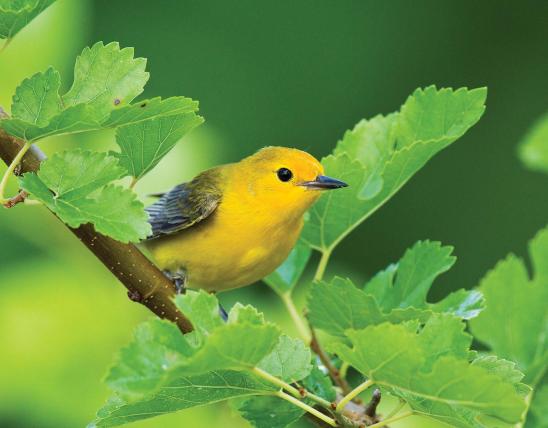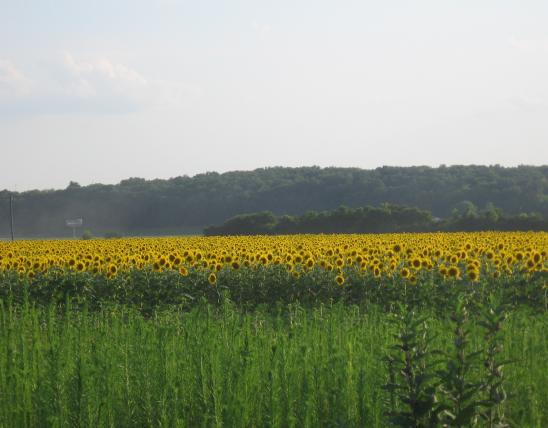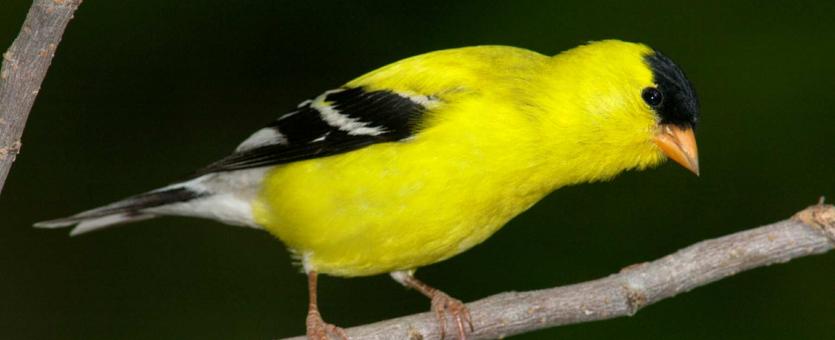
Starting in spring, the upperparts of the male American goldfinch are bright yellow, with black wings, tail, and forehead, and 2 white wing bars and tail spots. The underparts are bright yellow. In the female, the upperparts are greenish yellow, with dark wings and tail; the underparts are pale yellowish. In winter, the male resembles the female, with brownish underparts, blackish wings, and yellowish face. The female in winter is grayer with brownish wings. The song is a long jumble of warbles, whistles, and twitters. Calls include “per-chick-o-ree” and “sueweeet,” often given during their characteristic undulating flight.
Similar species: The short, conical bill of this finch species helps separate it from the many warblers that are yellow.
Length: 5 inches.
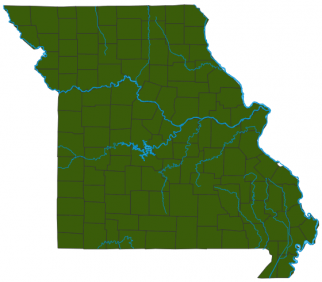
Statewide.
Habitat and Conservation
American goldfinches are often seen in flocks on the ground or in trees in open grasslands, city parks, yards, weedy fields, and fields with mature sunflowers and other members of the sunflower family.
Food
Goldfinches forage on the ground or among vegetation for seeds, berries, and occasionally, insects. They frequently visit bird feeders that offer sunflower and nyjer/niger seeds. Goldfinches feed their young thistle seeds and other midsummer composite-family seeds, which they regurgitate into the mouths of the young. This is a rather unusual diet for the nestlings, because most small birds feed insects (a more concentrated source of protein) to their young.
Status
Common permanent resident.
Life Cycle
Goldfinches pair up and begin nesting when most composite flowers begin to bloom. One of the latest nesting species in Missouri, goldfinches wait until July and August to begin raising their broods, corresponding with the development of thistle, coneflower, sunflower, and other composite-family seeds. Goldfinches commonly use the soft silk of milkweed and thistles in their cup-shaped nests. There are usually 2–7 eggs per clutch. The female does about 95 percent of the incubation, which lasts about 2 weeks. Young fledge in 11–17 days.
Human Connections
Colorful and energetic, the American goldfinch is the state bird of Iowa, New Jersey, and Washington.
Goldfinches entertain snowbound people when they visit backyard feeders. When the males start turning bright yellow, it is a welcome sign of spring.
Ecosystem Connections
The survival of American goldfinches is closely linked to thistles and other composite-family flowers: Their breeding time corresponds with the seed availability from those plants, and they use the down from the seeds as nesting material.
Brown-headed cowbirds are a bane to many birds, as they sneakily lay their eggs in the nests of other species, which unwittingly raise aggressive cowbird chicks beside their own. Studies have found that cowbird chicks, however, do not survive in goldfinch nests because of the seeds-only diet that goldfinches provide.
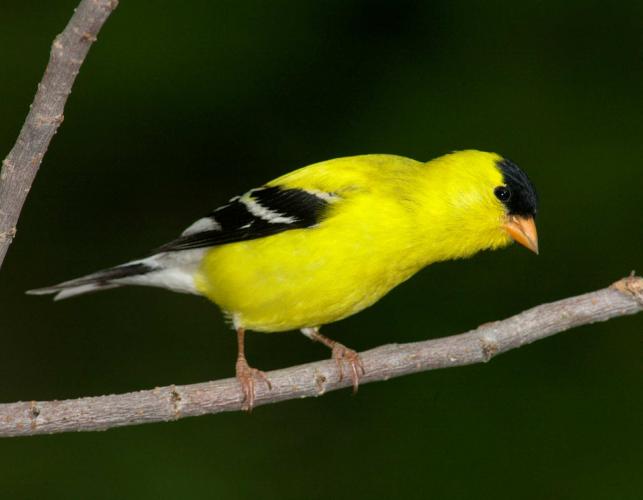

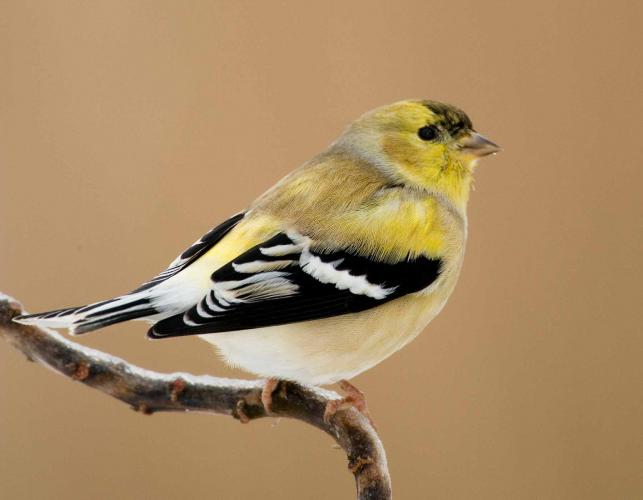

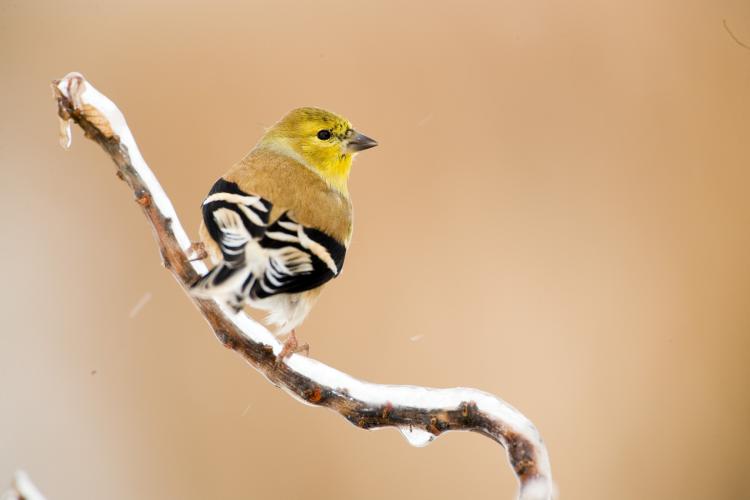

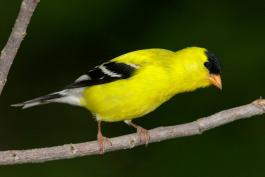

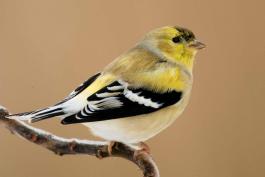

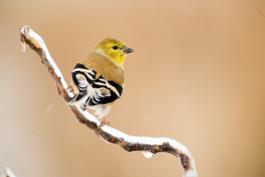
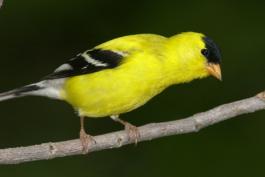


Where to See Species
About 350 species of birds are likely to be seen in Missouri, though nearly 400 have been recorded within our borders. Most people know a bird when they see one — it has feathers, wings, and a bill. Birds are warm-blooded, and most species can fly. Many migrate hundreds or thousands of miles. Birds lay hard-shelled eggs (often in a nest), and the parents care for the young. Many communicate with songs and calls.



























